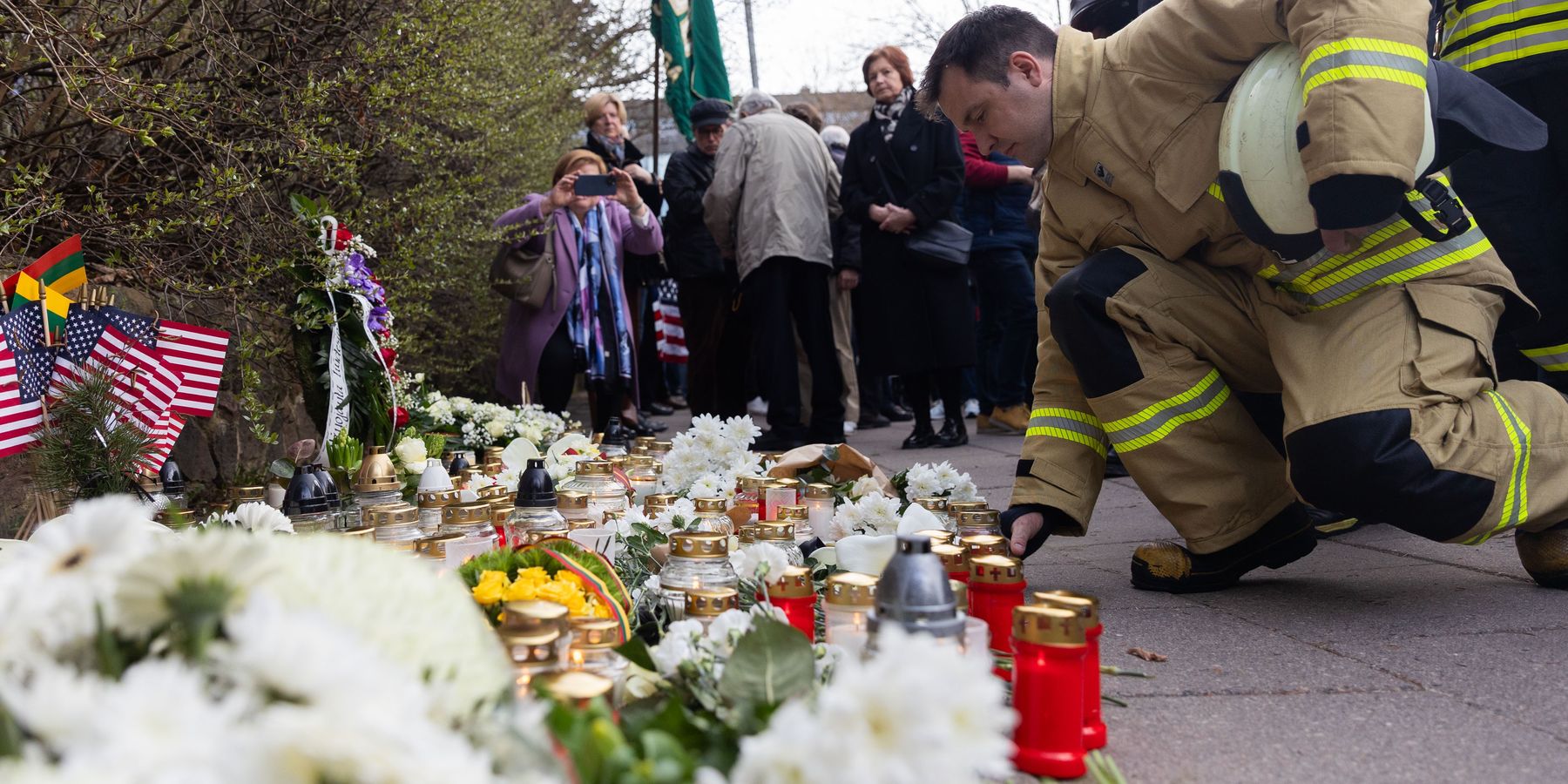Last week, four young U.S. soldiers tragically died in a training exercise in Lithuania, highlighting the inherent risks faced by American forces stationed across Europe. With about 100,000 troops in the region, experts question the strategic value of America’s military presence — while President Trump says he wants a 20,000-troop reduction and European leaders urge an increase in U.S. support.
Following a week of searching, all of the bodies of missing U.S. soldiers were found in Lithuania. The soldiers’ identities have been released: Sgt. Jose Duenez Jr., 25, of Joliet, Illinois; Sgt. Edvin F. Franco, 25, of Glendale, California; Pfc. Dante D. Taitano, 21, of Dededo, Guam, and Staff Sgt. Troy S. Knutson-Collins, 28, of Battle Creek, Mich.
The men were operating an armored Hercules vehicle as part of a training operation and were reported as missing on Tuesday March 25, followed by an extensive search. Their bodies, as well as the vehicle, were located in a bog in the town of Pabradė, which is around 6 miles from the Belarusian border.
While incidents like this in Europe aren’t common, it wasn’t the first time American servicemembers perished in Europe outside of combat. Four Americans were killed during the infamous 1988 Ramstein Air Show when an aircraft fell out of the sky and crashed into a crowd of servicemembers and civilian onlookers. Six American military flight crew members were killed in Croatia in 1996 when the pilots of a Boeing CT-43 carrying civilians and government officials crashed into a mountain close to the Dubrovnik airport.
Today the United States has roughly 84,000 active duty troops stationed in Europe. President Biden sent 20,000 troops there following Putin’s invasion of Ukraine in 2022, saying, “In Poland, we're going to establish a permanent headquarters of the U.S. 5th Army Corps and strengthen NATO interoperability across the entire eastern flank.” The International Institute for Strategic Studies estimates that around 39,000 American forces are in Germany, 14,000 in Poland, 13,000 in Italy, and 10,000 in the United Kingdom. Lithuania hosts a rotating force of around 1,000 American soldiers.
Additionally, Washington has over 40 military bases in Europe, with Germany, Italy, and the United Kingdom hosting the most installations. Most of the bases are jointly operated with NATO partners.
President Trump has expressed frustration with the uneven security relationship between the United States and its European partners. While he has suggested withdrawing troops from Europe he has disregarded the idea of withdrawing all of them, saying, “I don’t think we’d have to do that. I wouldn’t want to do that.”
Trump did remove around 12,000 American soldiers from Germany in 2020, but almost half moved to other NATO countries rather than returning home. Nevertheless, some European leaders believe Biden’s 20,000 troops surge from 2022 will eventually return to the United States. A NATO diplomat said, “I would not be surprised if at some point [those troops] go back to their home base in America, the forces were sent at a height of emergency planning, so if they leave it would be, so to speak, a return to normalcy.”
During NATO meetings in Brussels on Thursday, Secretary of State Marco Rubio assured NATO allies that “President Trump has made clear he supports NATO. We’re going to remain in NATO.” However, he explained that the Trump administration would still advocate for NATO members to increase their defense spending.
While European leaders have called for the U.S. to provide military security guarantees to Ukraine, some experts applaud attempts to push Europeans to fund their own defense.
“It is in Washington’s interest to facilitate a European takeover of NATO,” said the Cato Institute’s Doug Bandow. “They (Europeans) have an inherent right to self-defense. But a friendly push enhanced by helpful advice and practical experience could accelerate the end of European defense dependence, a process that some predict could otherwise take a decade.”
The U.S. Army said in a press release that this “this is a tragic event, but it reinforces what it means to have Allies and friends.” It also reinforces that that our troop deployments put real lives at risk and there is no shame in asking if the tens of thousands of young American men and women we are sending there are strategically necessary.















